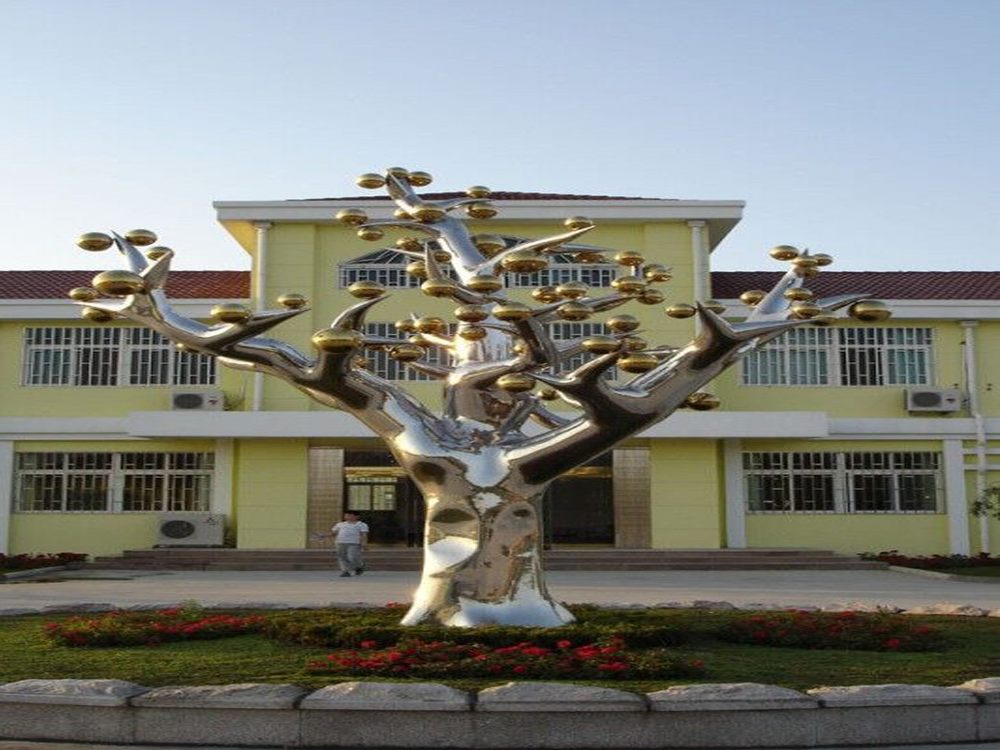
Creating metal sculptures that withstand thermal expansion or contraction requires careful planning and execution. Here are the best practices to ensure durability and longevity in your artwork:
1. Material Selection: Opt for metals with low thermal expansion coefficients, such as stainless steel, bronze, or Invar. These materials minimize dimensional changes under temperature fluctuations.
2. Structural Design: Incorporate flexible joints or expansion gaps in your design to accommodate movement. Avoid rigid connections that can lead to stress fractures.
3. Welding Techniques: Use specialized welding methods like TIG or MIG welding to create strong, heat-resistant seams. Pre-heating and post-weld heat treatment can also reduce internal stresses.
4. Surface Treatments: Apply protective coatings like ceramic or powder coatings to shield the metal from extreme temperatures and environmental factors.
5. Environmental Considerations: Install sculptures in stable environments when possible. For outdoor pieces, account for seasonal temperature variations in the design phase.
By following these practices, artists can create stunning metal sculptures that remain structurally sound despite thermal challenges.

